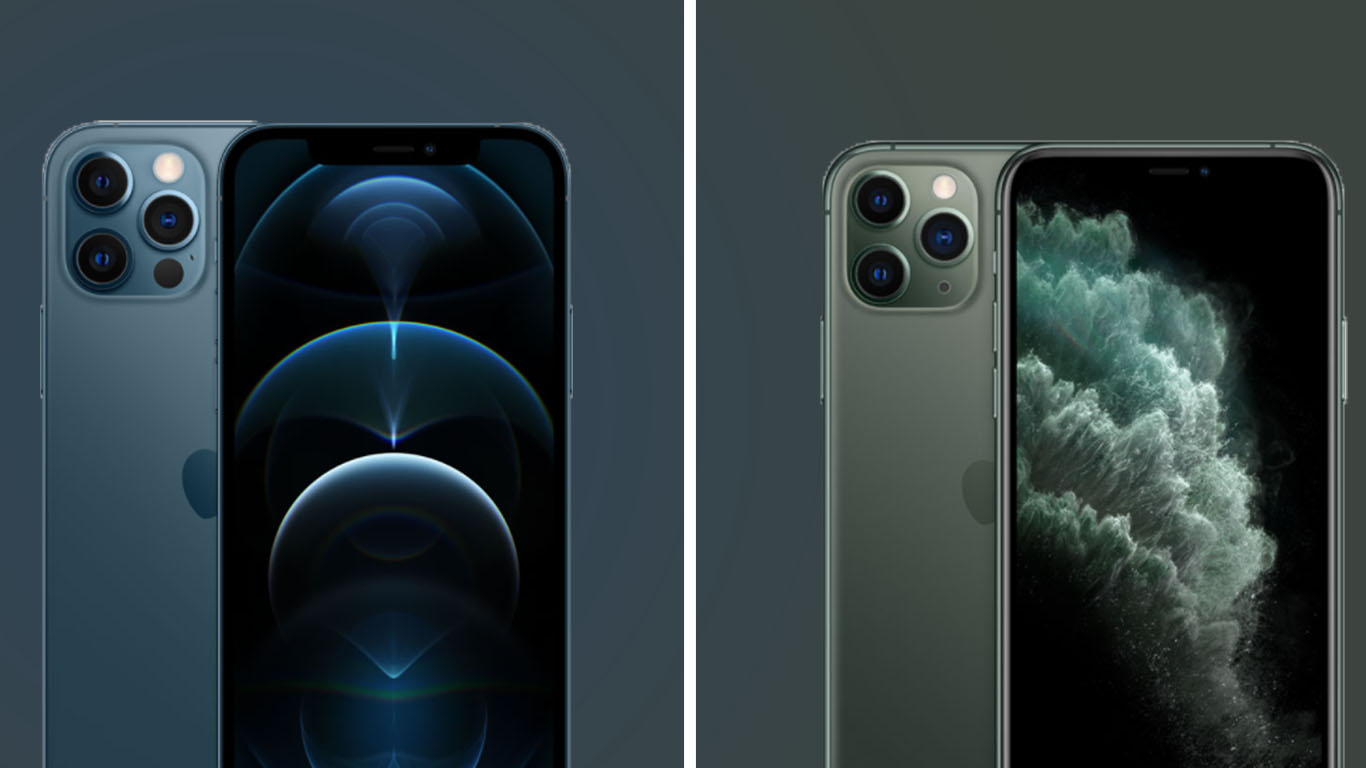‘Invisible’ stem cells that escape from the body’s immune system to prevent rejection can provide new treatments for heart disease, cancer, and diabetes.
Cells grown in the lab created by researchers in the US can be used for cell therapies and tissue implants without fear of immune rejection.
They work by generating ‘checkpoints’ for cells, which is the equivalent of a safety pass that allows them to turn off the body’s ‘natural killer’ immune cells.
Stem cells can develop into any tissue or organ; however, their potential for use in transplants is limited by the risk of the host body attacking them.
“As a cardiac surgeon, I would love to get myself out of business by implanting healthy heart cells to repair heart disease,” said Tobias Deuse of the University of California, the author of the paper.
“And there are great hopes that one day it will have the ability to implant insulin-producing cells in diabetic patients or inject immune cells designed to search and destroy tumors in cancer patients.”
“The biggest hurdle is how to do this in a way that avoids immediate rejection by the immune system.”
In their study, Dr Deuse and his colleagues used gene editing tools on stem cells to create so-called ‘hypoimmune’ cells that the immune system cannot detect with their adaptive or innate defenses.
They did this by giving cells molecular codes that enable ‘checkpoints’ that prevent the body from attacking its own cells and also modulate the intensity of the desired immune responses.
The team specifically designed their cells to produce significant levels of a protein known as ‘CD47’ that activates ‘SIRPα’, a molecular switch that turns off some natural immune cells.
However, the researchers found that engineered stem cells ‘natural killer’ (NK) They were surprised to discover that it was even able to avoid detection by cells. NK are white blood cells that act as the first responders of the immune system.
Body cells display highly individual molecules called ‘MHC class I’ that serve as an identity to NK cells not to harm them.
In the transplanted tissues, they are disabled to reduce the risk of rejection, but this call leads to accelerated NK cell killing. NK cell death is an immunological rejection that experts have yet to completely suppress.
The team explained that the unexpected aspect of their findings was that NK cells were never thought to express a SIRPα checkpoint, and therefore, the stem cell should not be turned off by CD47 expression.
“Not all the literature özgü said that NK cells have this checkpoint,” says Sonja Schrepfer, an article writer and immunologist at the University of California at San Francisco.
However, when we looked at cells taken from human patients in the laboratory, we found SIRPα clear like day there. We can clearly show that the stem cells we designed to overproduce CD47 are able to turn off NK cells in this way. ‘
The researchers explained that the sensitivity of NK cells to inhibition by CD47 was highly species-specific, in line with the role it plays in distinguishing “self” from potentially dangerous “other.”
In one demonstration of this concept, the team designed adult human stem cells with the CD47 variant derived from rhesus macaques and placed them in monkeys to show that the animal prevented the destruction of NK cells.
In the future, the team said, the same procedure could be applied in reverse and, for example, heart cells transplanted from pigs could be implanted into human patients without fear of being attacked by the recipient’s NK cells.
“Cell therapies already designed for cancer and emerging forms of regenerative medicine are based on removing cells from the patient, replacing them in the lab and then putting them back into the patient,” said Professor Schrepfer.
This prevents foreign cells from being rejected, but is extremely cumbersome and expensive. Our goal in creating a hypoimmune cell platform is to create ready-made products that can be used to treat disease in all patients, anywhere. ‘
The findings also have implications for immunotherapy. It provides researchers with a way to overcome the checkpoints they use to prevent cancers from being eradicated by the body’s immune system.
“Many tumors have low levels of self-defining MHC-I protein, and some compensate by overproducing CD47 to keep immune cells at bay,” Professor Lanier said.
“This may be the point of departure for antibody therapies that target CD47.”
Firstly completed, Professor Schrepfer is trying to develop a platform to bring these hypoimmune cells into clinical use through the newly established firm Sana Biotechnology.
All findings of the study Journal of Experimental Medicine’de published .
Compiled by: Feyza ÇETİNKOL
Source: dailymail
/ No More Tissue Rejection in Organ Transplantation: Scientists Have Produced “Invisible” Stem Cells /
Dikkat: Sitemiz herkese açık bir platform olduğundan, çox fazla kişi paylaşım yapmaktadır. Sitenizden izinsiz paylaşım yapılması durumunda iletişim bölümünden bildirmeniz yeterlidir.
Source: https://www./organ-naklinde-doku-reddine-son-bilim-insanlari-gorunmez-kok-hucre-uretti/


